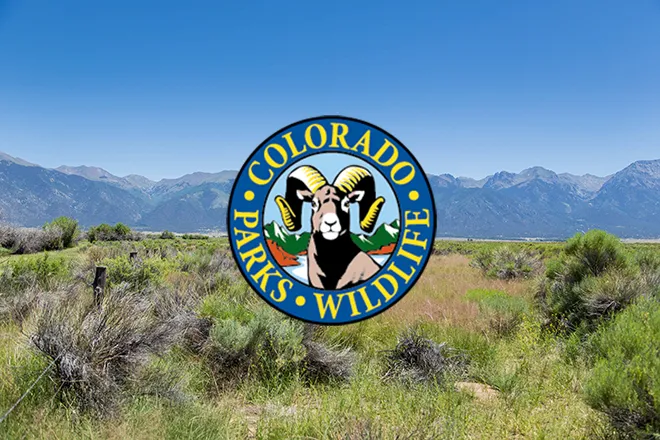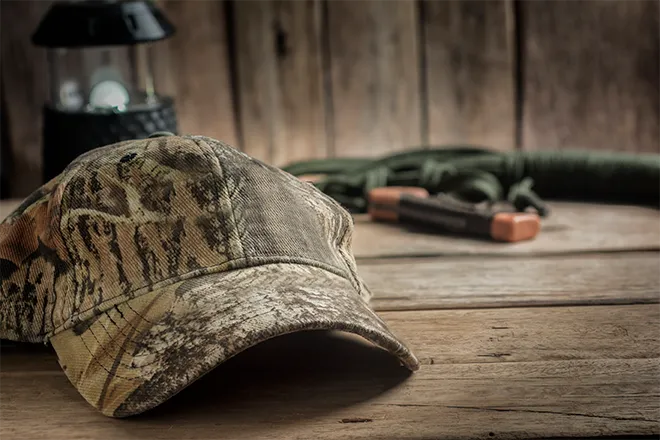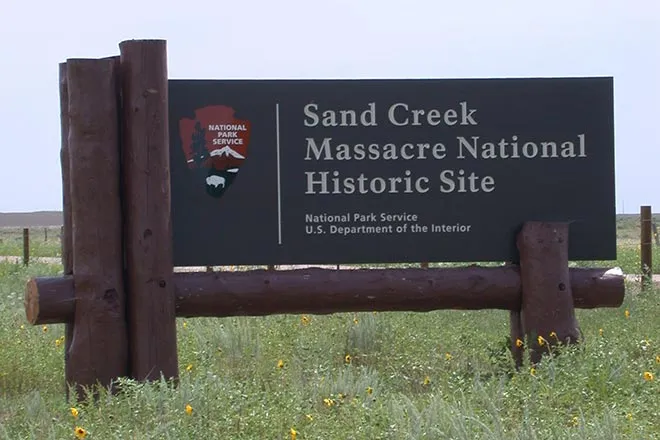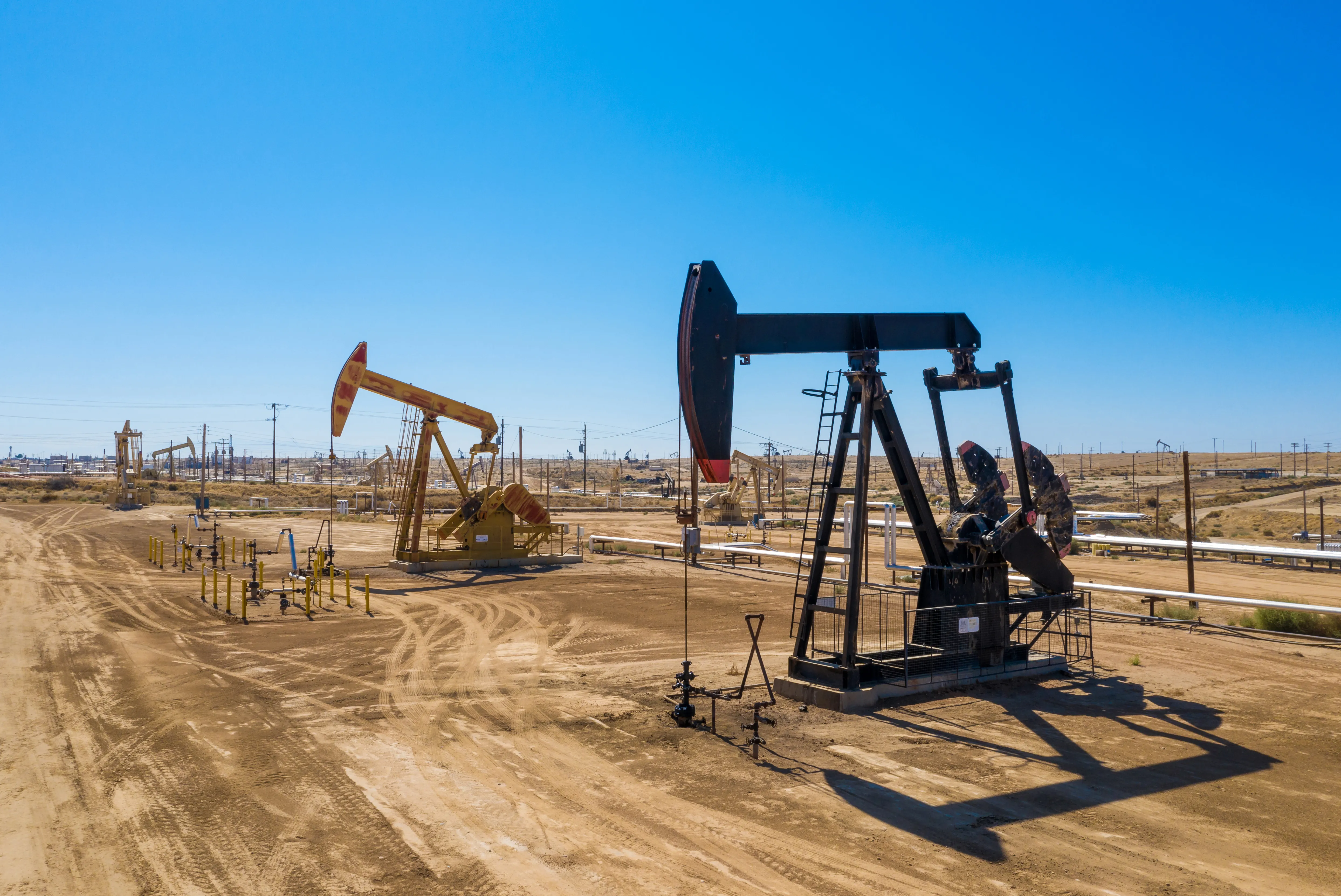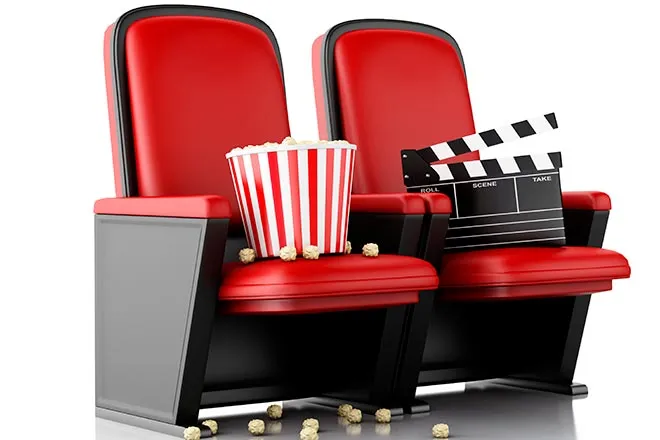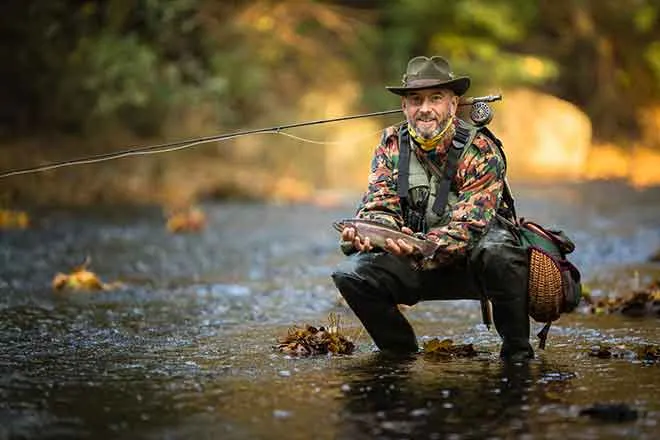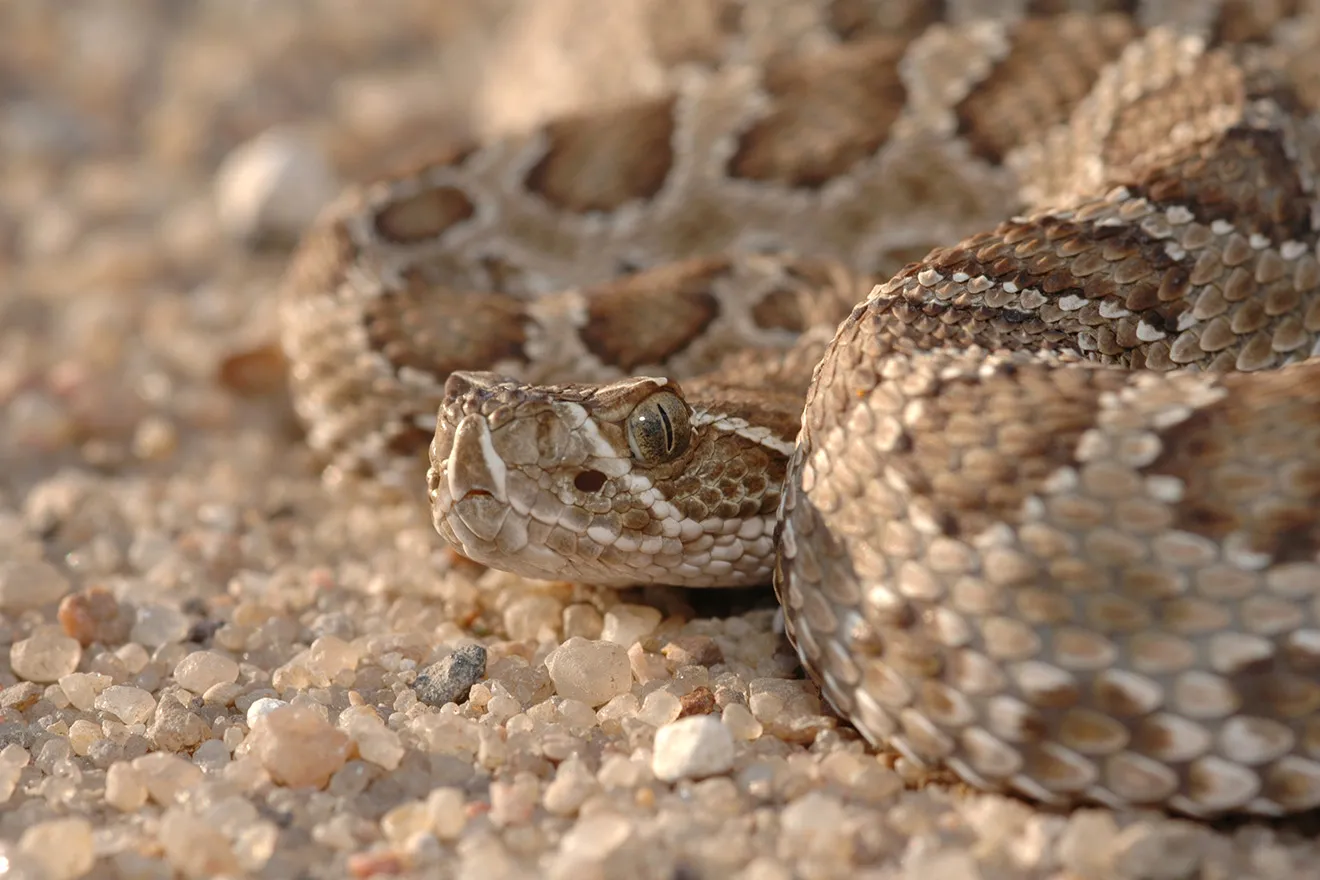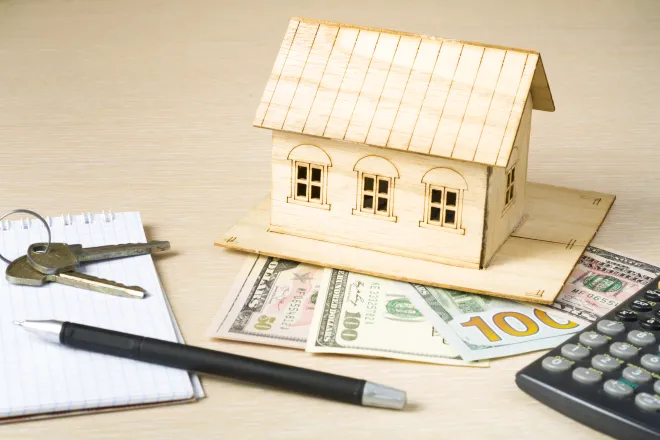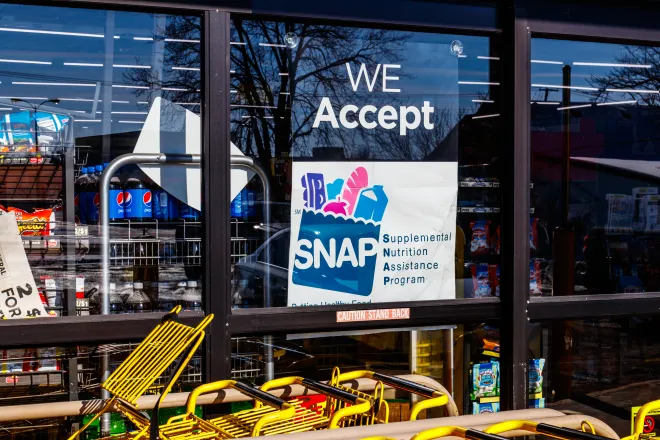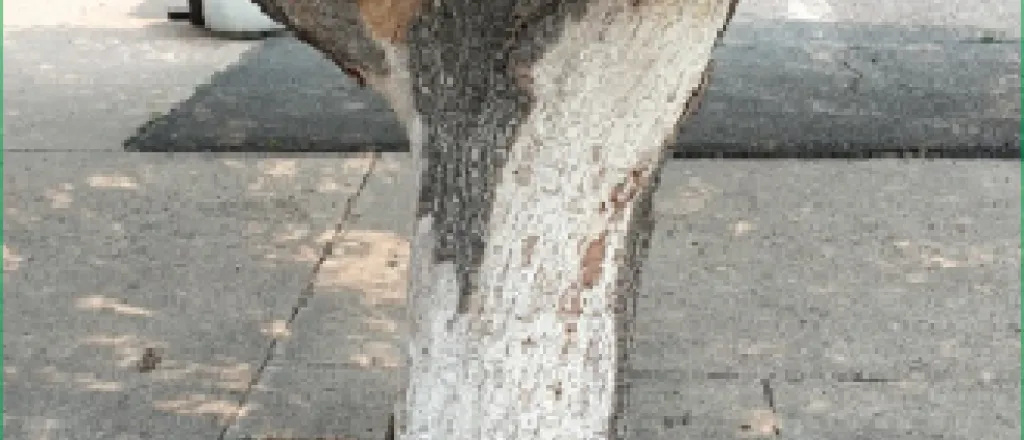
Proper Tree Planting Tips for Arbor Day
Arbor Day, an April holiday that celebrates the planting and caring for trees, is a popular time for homeowners to add new trees to their landscapes. Before doing this, however, homeowners should consider advice from expert arborists to ensure the trees' longevity.
"Too often, consumers waste hundreds of dollars on trees that will die because they were planted too deep," cautions Tchukki Andersen, BCMA, CTSP* and staff arborist with the Tree Care Industry Association (TCIA).
"Proper planting is absolutely essential for the success of a transplanted tree," says Andersen. "Using quality plants and following up with good tree care practices, such as watering, pruning and fertilizing, will not save a poorly planted tree. The most common mistake is planting the root ball too deep."
Andersen advises consumers to follow these planting guidelines:
· Measure the height and diameter of the root ball or root spread.
· Dig the hole just deep enough to allow the first structural root to be at level grade. The diameter of the hole should be two to three times the diameter of the root ball or root spread.
· Set the tree on undisturbed solid ground in the center of the hole. The tree should be planted so that the root flare, the base of the tree trunk where the roots begin to "flare-out," will be visible above grade.
· Backfill with soil from the planting hole, using water to pack or settle the soil around the root ball. Do not tamp soil by stepping on it.
· Mulch the planting area with 2 to 4 inches of an organic, composted mulch such as wood chips. Do not mulch up to or against the trunk. Start the mulch 6 inches away from the tree trunk.
· Trees should be pruned after planting to remove broken, damaged, diseased or dead branches.
· Stake and/or protect the trunk of the tree if there is a real potential for wind damage or lawn-mower injury. Remove the guy wires (string, rope, wire or other ties used with supports) when the staking is no longer needed or the tree could be injured or even killed from girdling by the wire.
· Prune to develop a good branch structure once the tree has become established in its new home, usually one to three years after planting. Never remove more than 25 percent of total foliage in one year. (Depending on the tree and its condition, some arborists advocate capping pruning at an even lower percentage.)
· Fertilizing is not recommended at the time of planting.
Homeowners can purchase trees packaged in three common forms:
1. Bare-root plants may be sold with the roots tightly packed in a moisture-retaining medium that is wrapped with paper or plastic, or with roots loosely covered by a moist packing medium. Roots must be adequately moistened prior to planting. Roots are spread out evenly in the hole when planting.
2. Balled-and-burlapped (B&B) trees are moved with balls of soil protecting their root systems. Soil balls are heavy, so professional arborists who have proper equipment should be hired to plant large trees. Smaller B&B trees should be carried with a hand under the ball. Carrying a B&B tree by the stem or branches can result in serious root damage. When planting, carefully remove the top layer of soil on the root ball down to the first structural root. Set the root ball in the hole, position the tree, then remove twine and nails. Remove or fold back burlap from the upper third of the root ball, and cut any wire caging.
3. Container-grown trees have the advantage of a root system that is relatively undisturbed at planting, but beware of "pot-bound" container trees. Do not buy container trees that have a large amount of roots completely circling the inside of the pot. These trees will take a long time to get established after planting because the roots have difficulty growing beyond the thick ring of circling roots. Immediately before planting container trees, prune any circling roots. Root pruning can cut up to 50 percent of the roots in container trees but this is still sufficient to permit plant establishment. This compares with pruning about 10 percent or less of the root system being transplanted with B&B trees. Always remove the container prior to planting.
Find a Professional
A professional arborist can assess your landscape and work with you to determine the best care for your trees. Contact the Tree Care Industry Association, a public and professional resource on trees and arboriculture since 1938. TCIA has more than 2,300 member tree care firms and affiliated companies who recognize stringent safety and performance standards and who are required to carry liability insurance. TCIA also has the nation's only Accreditation program that helps consumers find tree care companies that have been inspected and accredited based on: adherence to industry standards for quality and safety; maintenance of trained, professional staff; and dedication to ethics and quality in business practices. For more, visit www.tcia.org or www.treecaretips.org.
*Board Certified Master Arborist, Certified Treecare Safety Professional

